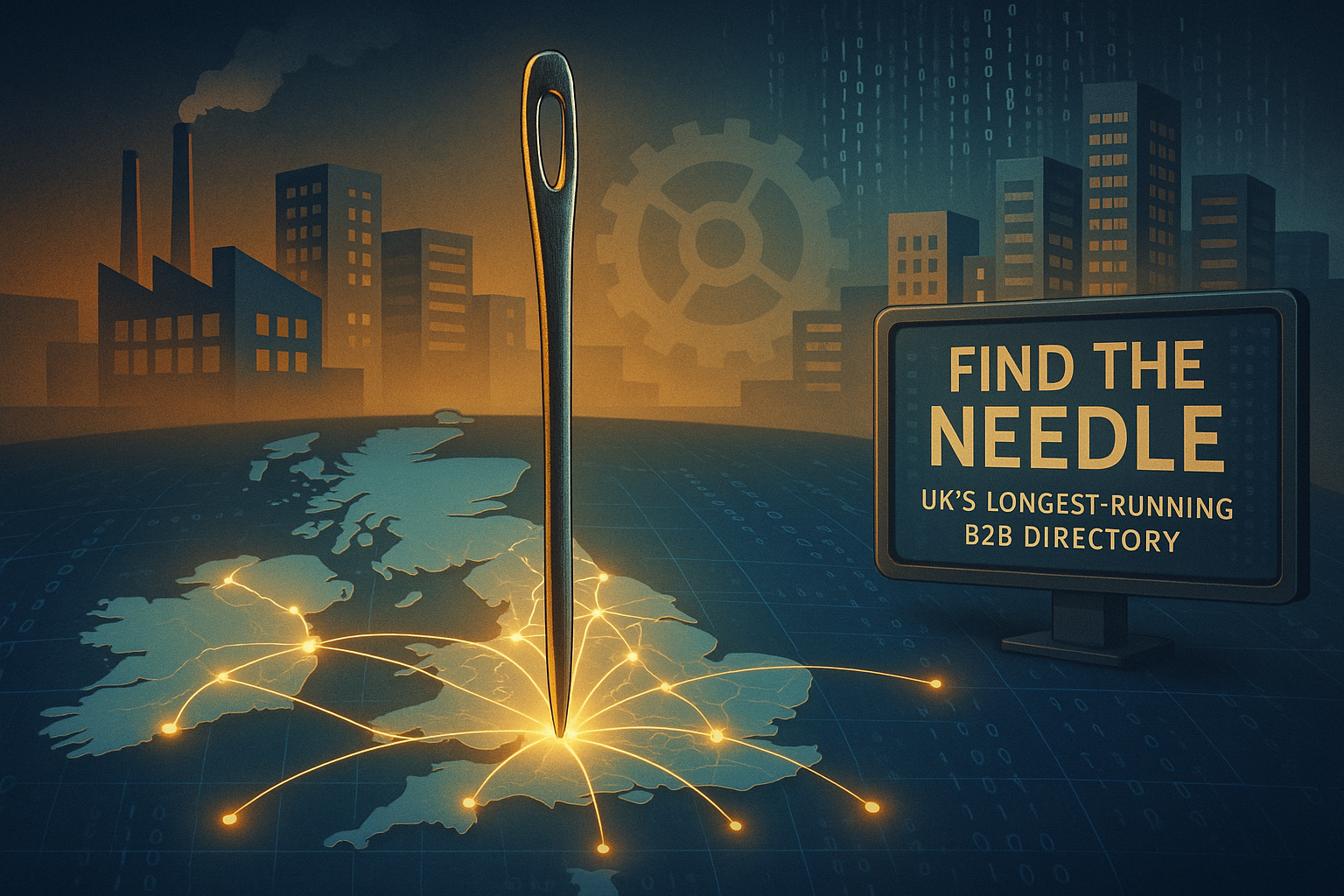All about sustainability in today's UK homes and future green objectives
- 18 Oct 2023
- Articles
With the existing technology people quickly have access to today, it's impossible to claim that to create sustainable construction and space, one must sacrifice functionality or the design's appeal. Energy efficiency, redecorations, and renovations can be done effectively without harming or jeopardizing nature's health to the extent that households worldwide are unfortunately doing it today.
Embracing eco-conscious and straightforward methods can alleviate the environmental risks these activities inadvertently impose, often occurring without care or empathy towards the environment and coming generations. Sustainable practices in UK homes stand as proof that there are ways to combine feats like environmental consciousness with excellent curb appeal and stylish home design.
So, what are the future green objectives for UK households? What are UK house proprietors doing differently, and what lessons can be drawn from their examples? Or what are the most harmful practices that eco-friendly homeowners should quit?

Making the UK housing stock more sustainable is part of the 2050 agenda goals
Like many other countries participating in the race to net zero emissions, such as Denmark, Sweden, France, and New Zealand, the United Kingdom also makes efforts to come on top of the competition and secure a greener future for the upcoming generations. More countries have already achieved their objectives of achieving net-zero targets, such as Bhutan and Madagascar. Still, given the many differences in infrastructure, way of life, national budgets, environmental guidelines, and more, the UK and other contenders have some stages to go through before claiming the same.
UK homes make up 16% of the country's total carbon emissions at the moment, declining from 20% the previous year. Despite being close to another category of high-carbon emitters, namely the business sector that contributes 18.7% of CO2 emissions, the real estate market remains a significant player on the scene of supporters of the damaging state of the environment.
Reaching the intended goals won't be smooth sailing whatsoever. Numerous factors complicate the UK's progress towards net zero emissions, such as fuel and energy prices exceeding pre-pandemic marks. Some of the culprits to progress stagnation are outlined and proposed solutions by eco-centered businesses, governmental bodies, and other interested participants.
The new Building Regs
By 2025, the UK government plans to have the buildings constructed guided by the Future Buildings Standard, intending to offer new non-domestic developments holding the "zero-carbon ready" distinction. The new initiative uses the best fabric standards and low-carbon heating systems as the main implementation goals. The energy grid will keep decarbonizing as energy efficiency retrofit work will no longer be needed. 2023 is the year a complete technical consultation initiative is launched.
However, the upfront costs deter many homeowners from greening up their properties
Any move that reduces energy in the long term saves bucks on energy bills and improves the home's selling prices comes with the upfront cost of home upgrades and retrofitting. Despite UK inhabitants realizing the unparalleled advantage of implementing green practices and switching to energy-efficient home upkeep solutions, it's undeniable that the involved expenditures needed are off-putting for many and discouraging such endeavors.
Unsustainable practices in the UK
There are small but impactful daily practices that the average resident wouldn't think of as detrimental to the environment's health as they are. Who would believe that an unbiodegradable wet wipe thrown at the landfill needs 100 or more years to disappear? Or suppose we were to go beyond the regular household maintenance practices. How many people know that numerous ingredients in sunscreens, such as oxybenzone and octinoxate, impact the marine ecosystem?
Without throwing the guilt to anyone unknowingly engaging in harmful practices that do no good to the environment, the truth is that some behaviors are to be eliminated or replaced with greener ones. Here are several routines UK home members engage in that can take their toll on the surroundings' welfare:
- Throwing consumed coffee capsules in the trash
- Unsafely disposing of chopsticks
- Tossing plastic tea bags in the bin
- Ditching glitter-based products.
On the other hand, the government took a firm stance towards several detrimental practices, with a highly influential example being banning the manufacturing of cosmetics with microplastics in their formula. Similarly, in the business world, another positive model encouraged and backed up is the cooperation with experts in recycling solutions such as Miltek. Good practice examples are everywhere but it’s just a matter of time until more households and organizations become comfortable enough to pursue them.
Good practice examples in the UK
Here are some sustainable home maintenance ideas sourced straight from responsible UK households:
- Air source heat pumps. Green homes in the UK, caring about how the HVAC system impacts the environment, have resorted to more sustainable solutions that provide both cooling and healing for their establishments, namely the air source heat pumps. The costs incurred by the installation are later offset by the energy bill cost reductions since fossil fuels are no longer needed, and air-based mechanisms adjust the climate. Low-carbon technology further aids in achieving net 0 emissions by the middle of the century.
- The Passivhaus model. The term "passive house" etymology is German; yet, UK homes have become increasingly familiar with the foreign design criteria. The concept refers to developing excellent energy efficiency in constructions whose use can result in almost 0 emissions. The low-energy buildings have thicker walls that help insulate and protect the interiors from extreme outside temperatures. In theory, domestic applications like hot water and heat don't surpass a consumption of 120kWh annually.
- Timber frame shell. Timber frame shells are popular with building constructors and are prized for their outstanding energy-saving performance. Buildings comprise studs filled with insulation to deliver an efficient structural panel, leading to a more significant energy consumption reduction despite the thinness of the walls. Additionally, it permits a considerable floor space since, compared to the Passivhaus model, this system doesn't need highly thick walls.
- Leveraging coastal areas. Homes built on the coastal side can be constructed in a way that makes the most out of the sunlight they're exposed to through large glazed doors.
The home of today is a new, more environmentally friendly version. More efforts are expected to encourage and help property owners adhere to greener solutions, with most of them coming down to incentives, tax reductions, and other types of financial perks.
Photo by James Feaver on Unsplash








